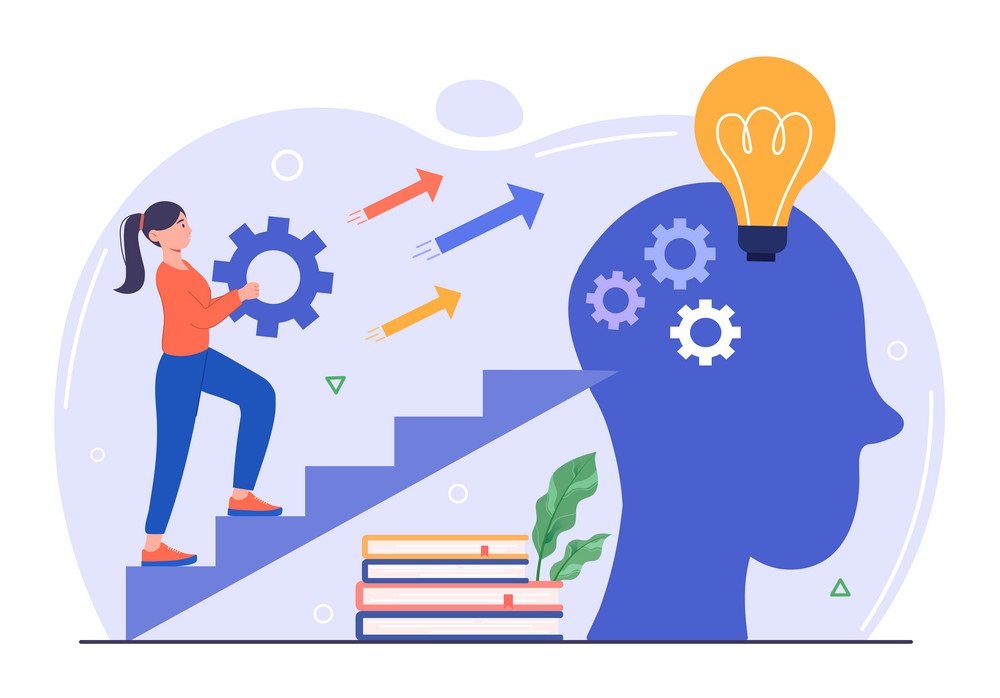AS Malaysia continues to live with COVID-19 as an endemic, businesses in Southeast Asia (SEA) can expect to see an increase in hybrid work, new online customers and changes in buying behaviours.
As such, local businesses will need to carefully consider the future of work – a change that will require businesses to source the talent, develop the skills, and organise the teams that can bring a digital-first customer experience (CX) strategy to life.
In our new digital-first world, customers expect the brands they do business with to deliver digital-led experiences specifically tailored to their needs and preferences. Brands must invest in the right skills as well as the right technologies to meet those sky-high expectations.
But the future of work is not only about technology, as evidenced in a report by Adobe that found that a lack of digital skills and capabilities is a problem that’s three parts human and only one part technology.
Within organisations, technical upskilling is only part of the solution. To build a customer experience advantage, marketers need to be savvy about data analytics, change management, and storytelling skills.
Focusing on these three areas will help SEA organisations deliver impactful experiences at every stage of the customer journey:
1. Turning data into actionable insights
Plenty of people have technical skills, but there aren’t enough who understand what the data is telling them in their particular business context so they can decide what to do with it. This demonstrates a lack of ability to marry traditional analytical skills and technology.
There are a massive number of digital skills programs out there that train people in coding, business intelligence tools, and collaboration tools. But it’s probably easier to take someone who already understands your business and teach them about data analytics, rather than hiring somebody who has the technical skills but will need to learn your business.
Digital upskilling isn’t just about training a new generation of workers. It’s about taking the workforce you already have, keeping them relevant, and bringing them along with you.
One example of this is the Adobe Programmatic League we run in SEA. We introduce existing members of the workforce to data and analytics to help them understand the possibilities and get them interested in learning those skills and applying them to their functions.
It’s taking people with business knowledge — the ones who are already making decisions but aren’t as fully supported by technology and data as they could be — and empowering them by bringing them into the world of data analytics.
2. Investing in tech to deliver better customer experiences
Changing management — making change that is successful and sustainable — is a methodology and a learnable skill. It’s also a mindset. Everyone who’s involved in implementing a new technology should understand they are in a change program.
They need to know how to make the change successful. If SEA leaders don’t approach it that way, the full value of the investment in technology will not be realized, thus increasing the challenge of building a customer-first organisation.
3. Focusing on the value of storytelling
It’s also critical that marketers have strong storytelling skills, both internally, to get all the teams aligned around the customer journey they’re trying to create, and externally, to deliver the right messages to customers at each stage of their journey with the brand.
Once business leaders have taken the time to really understand the customer journey, they should keep the wider organisation aligned so each team is attending to it in a consistent way. This approach is a powerful way of showing empathy for customers.
It’s powerful to show people that the customer journey is a story in itself. If somebody takes the time to document that story and articulate it, and then gets everybody in the organisation to understand that customer story, then everyone realises how they should be supporting that story — what their roles and responsibilities are, and how they coordinate it all to make it a smooth journey.
Establishing a successful digital future in SEA
The SEA region is a fast-growing digital market, and we need to upskill the workforce to digital work rapidly. If you look at the demographics, we have both a growing middle class and many young people needing jobs, so there’s a lot of demand.
Upskilling SEA workers to digital work is key to establishing a successful digital future in SEA, and it will require a concerted effort among technology companies, higher education, and government. – Jan 23, 2022
Simon Dale is the managing director of Adobe SEA and Korea.
The views expressed are solely of the author and do not necessarily reflect those of Focus Malaysia.










